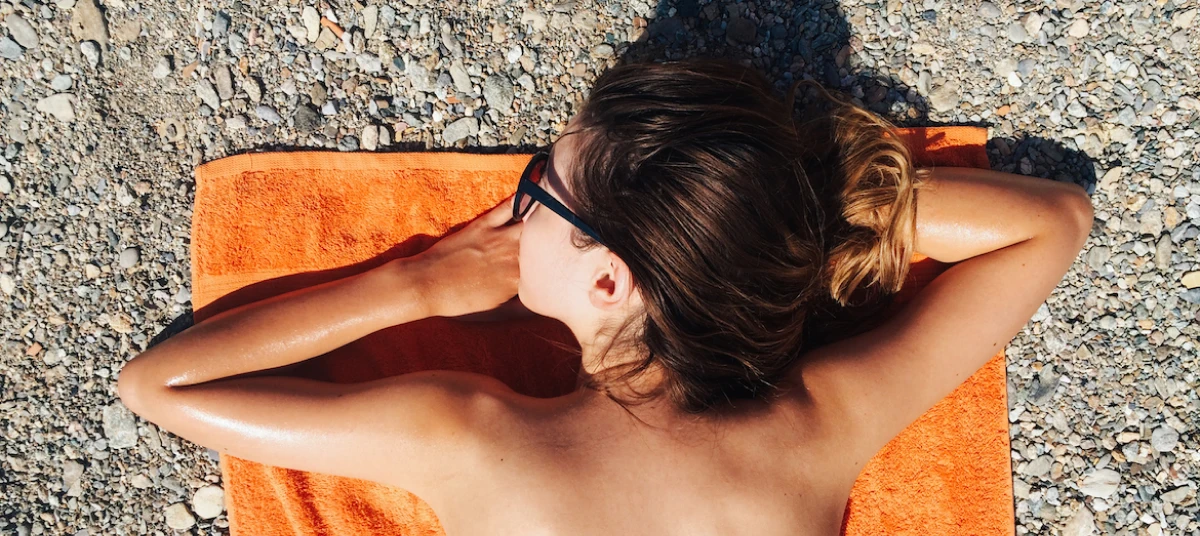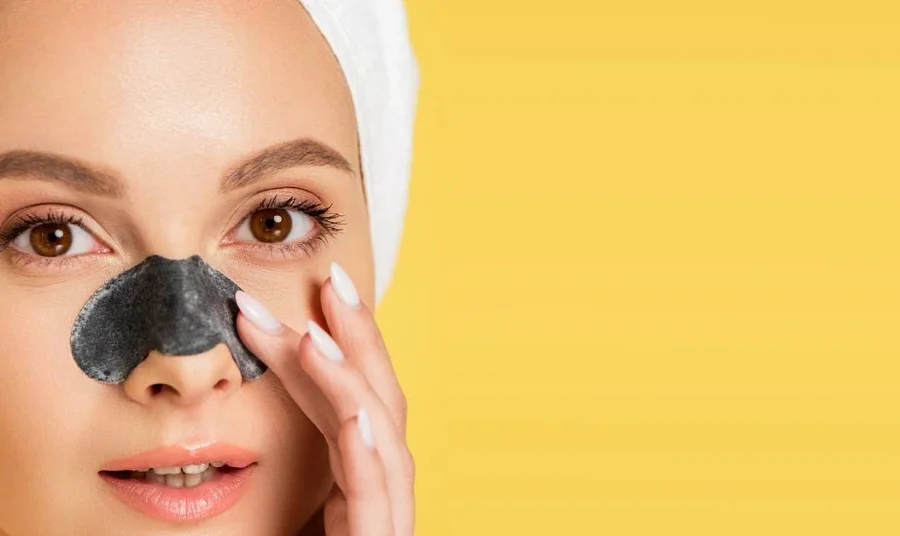Are you torn between a beautiful tan and the health of your skin? Then this article is for you!
P.S. You won’t have to choose anymore)

Safe Tanning: Is it Really Possible?
There was a time when summer and vacations were associated with a beautiful tan. It was like a badge of honor, proof that you had an amazing time. No tan? Then it was as if you hadn’t even had a vacation. But times have changed. Now, everywhere you turn, you hear about the dangers of ultraviolet rays, the necessity of using SPF, wearing protective clothing, and sunglasses. And, of course, tanning beds are a thing of the past. It might seem that in an era of health-consciousness and self-care, a beautiful tan is something you can forget about.
However, let’s not forget that we live in a time of rapid developments in the beauty industry, which means you can achieve a beautiful bronze or chocolate (whatever your preference) skin tone with little effort at any time of the year, without sacrificing your health.
As you might have guessed, we’re talking about self-tanning products.
Let’s take a closer look at how this product works and whether it’s truly safe and convenient to use.
How Does Self-Tanning Work and Should You Be Afraid of It?
Self-tanning is not just a cosmetic product that gives your skin a tanned look. It works on a completely different level than traditional bronzers, which only color the skin’s surface. The main component of self-tanning products is dihydroxyacetone (DHA), which triggers a chemical reaction in the upper layer of the skin. As a result, the skin acquires the desired shade, which lasts for several days.
Self-tanning has several advantages. First, it doesn’t harm the skin like ultraviolet rays, which contribute to premature aging and can even lead to the development of skin cancer. This method is safe even for those with a significant number of moles or who suffer from hyperpigmentation. Additionally, self-tanning can be used during pregnancy because it only affects the stratum corneum, the outermost layer of the skin, which naturally exfoliates over time.
What Are the Different Types of Self-Tanning Products?
Self-tanning is available in various formats, designed with the specific needs of different areas of the skin in mind. There are products specifically for the face and separate ones for the body. Facial self-tanning products usually have a light, watery texture and contain additional skincare ingredients like hyaluronic acid or antioxidants. This makes them very comfortable to use and leaves no unpleasant residue.
Body products, presented in the form of mousses and lotions, are more concentrated. It’s important to choose products that match your skin type and follow the manufacturer’s recommendations to achieve the best results.
How to Choose a Self-Tanning Product?
It all depends on your preferences and skin type. For hard-to-reach areas, such as the back, sprays are the most convenient. If you want a natural shade on your face, try adding self-tanning drops to your daily cream – this will help evenly distribute the product and avoid overloading the skin.
Remember: don’t immediately opt for the darkest shade. It’s better to start with a lighter tone and gradually build up the intensity by adding new layers in subsequent applications.
How to Prepare Your Skin for Self-Tanning?
Before applying the product, be sure to prepare your skin: cleanse it, exfoliate, take a shower, and wait until your skin is completely dry. This will help you achieve a more even coverage and a longer-lasting effect.
How to Avoid Streaks and Uneven Coverage?
The most important rule is not to overdo it with the amount of product. It’s better to apply less and repeat the procedure after a few days than to try to do everything at once. Pay special attention to dry areas, such as elbows, knees, and ankles – these areas require a minimal amount of product.
Post-Self-Tanning Skincare
DHA slightly dries the skin, so remember to moisturize daily. Use light creams or lotions that are not overly oily.
Self-Tanning and Sunscreen?
A dark skin tone after self-tanning won’t protect you from ultraviolet rays, so SPF remains your faithful companion.
Read more about the importance of using sun protection here)



Leave a Comment